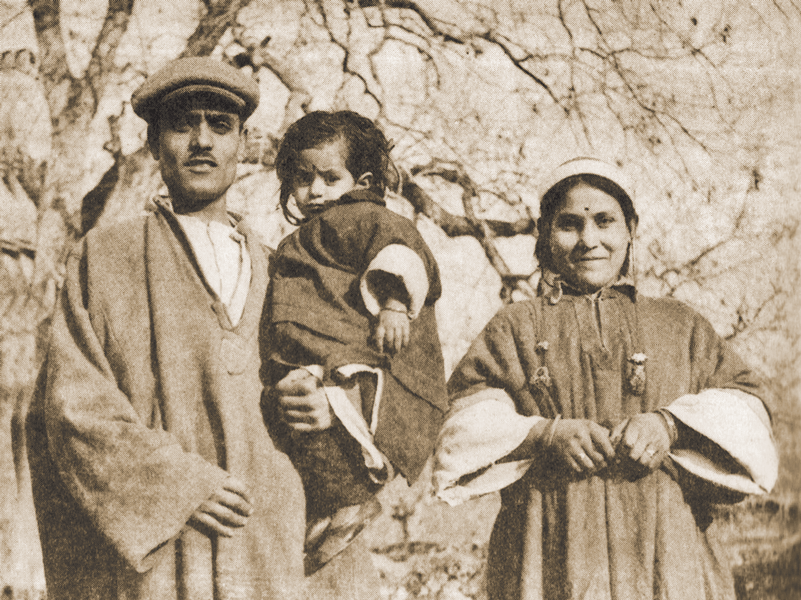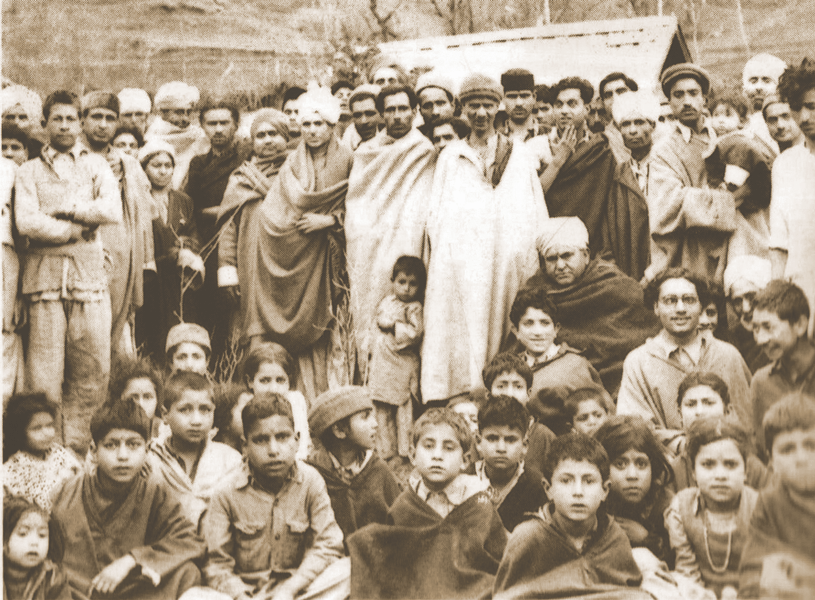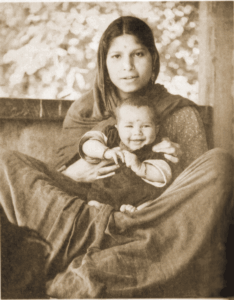Prologue:
When armed terrorists enter your house at dead of night or in broad daylight, as it happened in Kashmir in 1989–90, what do you do? Who will you ask for help? Police or the Government or the neighbours? None of them comes to help you and those whom you know, advise you to leave to save your life.

The terrorists give you a deadline. Leave by this time. If you don’t, we will kill you and kidnap your women folk and children. You look around helpless and wonder what happened. You look at the walls, the house where you have lived for generations, full of memories and yet you know you have to leave.
You are not allowed to leave with your belongings. So you decide that saving your life and that of your family and honour is more important.
At one time, only 11 Pandit families were left to carry on the line during the Afghan rule.
You leave with nothing, except kith and kin. But you do take something with you: Memories. And till today, your mind, like the computer, retrieves them, in bits and pieces.
And that is what this narrative is all about.
“The further you look back into the past, the farther
you can look forward into the future.”
The moment a child is born and his or her mother hears the first cry, it is the beginning of a long journey in which he accumulates experiences that effectively become his past.
If there was no past what would we talk about? It is the past, which when mixed with the present, eventually points to the future. And in the case of Kashmiri Pandits, an endangered species, they are in danger of losing their past after they have lost their moorings in the Kashmir Valley.

Many might question the motives for writing this. The past, cumulatively put, becomes an inheritance, a heritage that the younger generation should cherish. And it is that which gives a community a distinct identity and a link with its past.
Pandits have more than five thousand years of recorded history. They were the original inhabitants who lived in the Valley. Their way of life was distinct, and as their numbers dwindled due to Muslim invasions, killing, persecution, conversion and the unsettled nature of succeeding kingdoms, this provoked a fierce onslaught on their life, culture, religion, safety and freedom of the community.
Each one of us knows what we have left behind in our native land, the land of rivers and mountains, the land of chinars, and deodars, poplars and mulberry.
There is hardly an instance where a group of people have been consistently targeted for religious persecution by a succession of Muslim rulers spanning nearly 600 years. From the 14th to the 19th century, barring the reign of Badshah Zain-ul-Abidin, which provided a respite of over 50 years, all the rest were bent on wiping out the community, so much so that only 11 Pandit families were left to carry on the line at one time during the Afghan rule.
Our story here is not about history, but ourselves. Thereby of course, hangs a tale. During the first persecution in the 14th to 15th century, the choice was simple. Either convert to Islam or die. The only other choice available was to physically run away. Which is what the first wave of Kashmiri Pandits did.
But during Badshah’s reign, peace prevailed and a few Pandits returned to the Valley.
Just after 50 years of peace during the reign of Badshah, the persecution returned with a vengeance from Aurangzeb’s time and thereafter worsened during the Afghan rule of nearly 70 years between the 17th and 18th centuries. That triggered the second wave of migration from the Valley. In the entire history of Kashmir, from 14th to 19th century, a relentless campaign of persecution continued against the original inhabitants with only 50 years of peace in between.

It was only after the coming of Dogra rule from 1846 to 1947, a period of 101 years, that a state of peace and tranquillity prevailed, during which Jammu & Kashmir emerged into the modern age. It was the catalyst called Tyndale Biscoe, teacher and missionary, who strode like a colossus and pitchforked Kashmir into the 20th century.
The last migration took place and degenerated into an exodus in the winter of 1989–90.
Wherever we are scattered around India and abroad in various countries, each one of us carries his heritage, culture and identity with him. Today, our surnames and our faces identify us from a distance. But each one of us knows what we have left behind in our native land, the land of rivers and mountains, the land of chinars, and deodars, poplars and mulberry, the numerous kinds of flowers, the rivers, lakes and the tiny brooks and streams and “the ashes of our fathers and the temples of our Gods.”
When you lose something, which is material, which you can see, which you can taste, and which has through generations become a part of you, all that you can take with you are the memories. Can’t we at least have them, savour them, and recall them with nostalgia? We can be allowed to do that because these memories are now a part of our heritage.
The Pandit community can proudly boast of writers, historians, poets, journalists and other intellectuals. But sadly, very few books have been written by Pandits about the community.
The Pandit community can proudly boast of writers, historians, poets and generally men of letters, intellectuals and journalists. But sadly we have only three history books written by Pandits about their own community, although many books on Kashmir, its politics, its geography and general history, have been written by Kashmiri Pandit authors. The first is by Wali, IK, and Wali, MK: Kashmiri Pandits — A Social Survey, Lahore, 1917. This was perhaps the first written record of the community. After this, came Pandit Anand Kaul who wrote the book The Kashmiri Pandit in 1924, which was followed by another book titled History of Kashmiri Pandits by Justice Jia Lal Kilam in 1955. All three were results of individual and private enterprise.
Post-independence, several books on Kashmiri Pandits have been written, but I have only consulted Dr Kusum Pant’s doctoral thesis in Australia. However, she has mainly discussed the plight of those who were driven out in the 16th, 17th and 18th centuries, and who settled down in various parts of North India and strove to retain their identity. It may be noted that the Nehrus, Saprus, Kunzrus and Kauls of Allahabad belong to this category of refugees in their own land.

What will happen on the ground in the future, we do not know. But at least for those children born after 1989 and later, we do have to hold on to those past memories to tell them who their people were, what was their identity, location and culture. A key to the past, a glimpse of the old panorama, and a window through which to recognise our identity.
And so, here we are, looking at Cashmere of yore, (Kasheer, that is) and a narrative about the life and times of Kashmiri Pandits through the eyes of one who saw it all and through others who experienced it from time to time, natives and visitors, rulers and the ruled.
In short, a community which was at home for centuries and is now in exile, refugees in their own country.
Pictures from the author’s collection.
Kasheer — the glorious Kasheer
Home of Kashyap’s progeny for centuries
Of all places home is the best.
Pandits nourished it with zeal and zest
By their amazing contributions
In the fields of sculpture, architecture
Philosophy, fine arts, literature
Religion, astronomy, healthcare
Pandits left a deep impress
On Kashmir’s composite culture.
By dint of their hard labour
They helped Kashmir to prosper.
Once before this, once before
Zain-ul-abidin Badshah
Moved by justice and equity
Softened by pleadings of Sri Butt
Called Pandits back
To the forsaken Valley
Wherefrom, because of persecution
Almost the entire community
To preserve their way of life
Their age-old traditions
And the honour of their women
Had fled in different directions.
Mohan Kishan Tickoo
The Cashmere shawl
The Webster Dictionary defines Cashmere as “Shawl, soft fabric of goats’ hair.” Only after that does it give the name and spelling as “Kashmir.”
Because of the Kashmiri Shawl connection with France the soft wool was identified as “Cashmere” and for some time the word was spelt so in writing by newspapers, journals and books. As late as the early 20th century, newspapers like Times of India, Statesman and The Pioneer spelt it so. However Kashmiris themselves pronounce it as Kushmir, and in Kashmiri the word is Kashir/Kasheer.
The Kashmiri shawl was much prized in Europe, and Queen Victoria made it mandatory to present a Kashmiri shawl as a wedding gift to royalty, and it became popular in England. But its chief market was France and French traders would directly source it from Kashmir. The defeat of France
in 1870 in the Franco-Prussian war spelt ruin of this industry in Kashmir.
Says one of the books on Kashmiri Pandits: “The deputation of the French agents to Kashmir brought the Kashmiri Pandits face-to-face with European culture and literature. Hitherto, their literary pursuits were limited to knowledge of Persian and Sanskrit, but now with fresh opportunities they began to study French and other European languages.”





